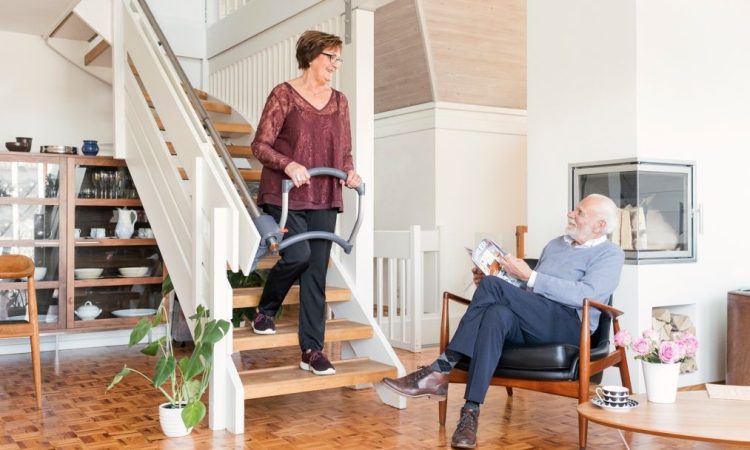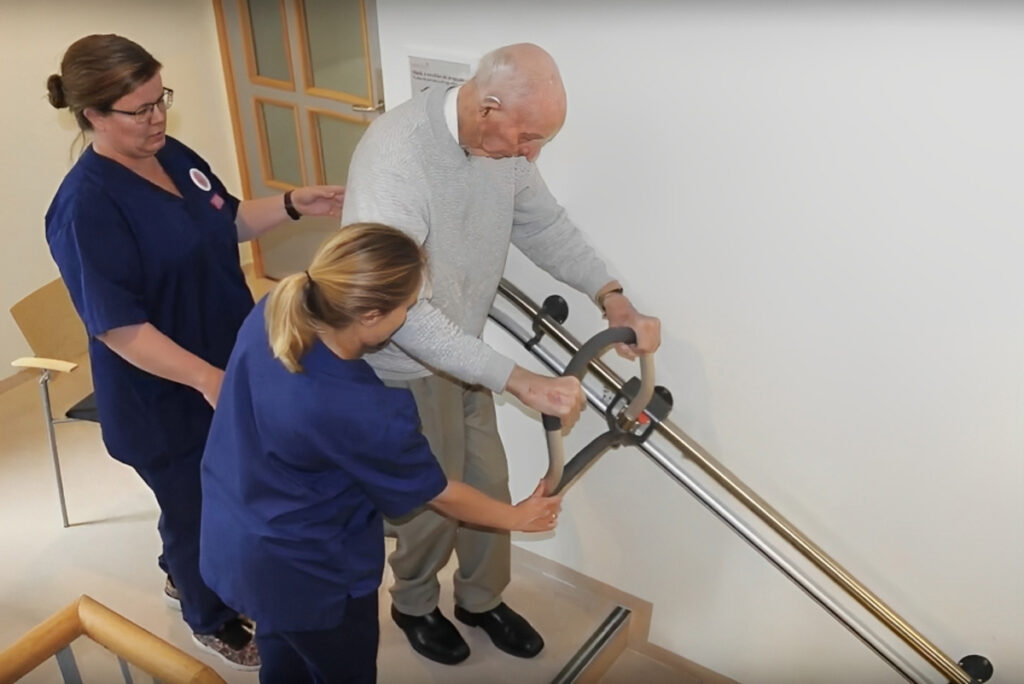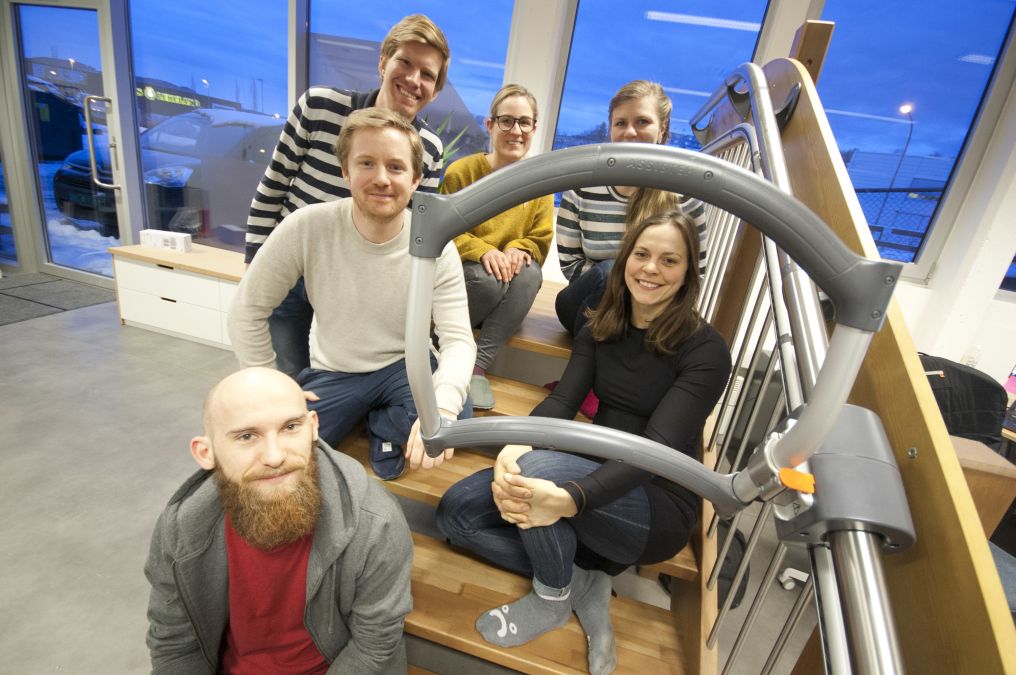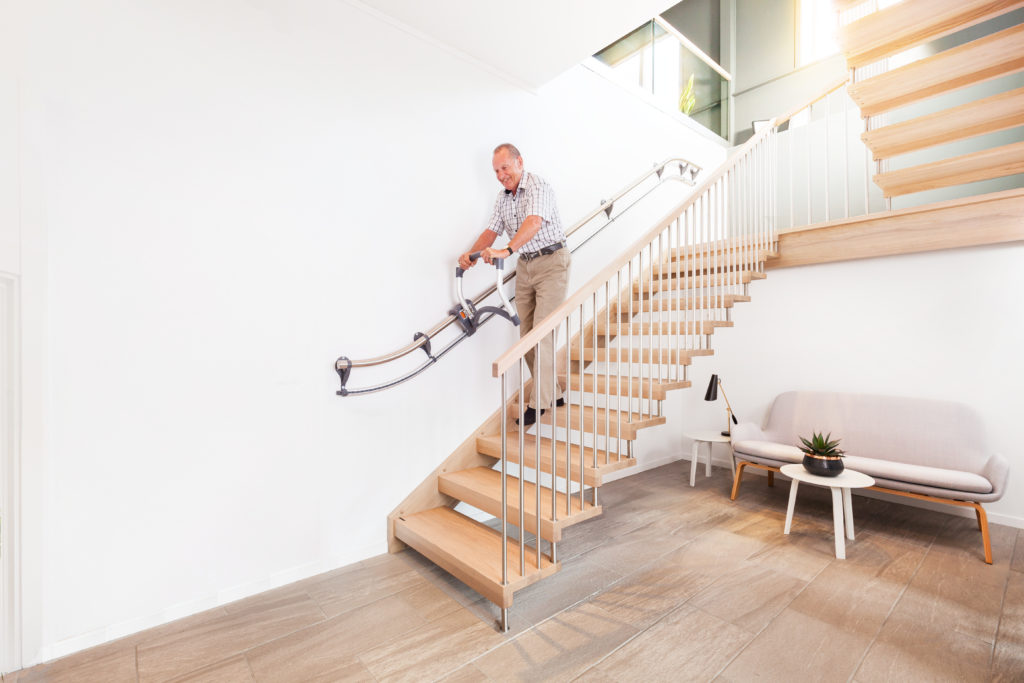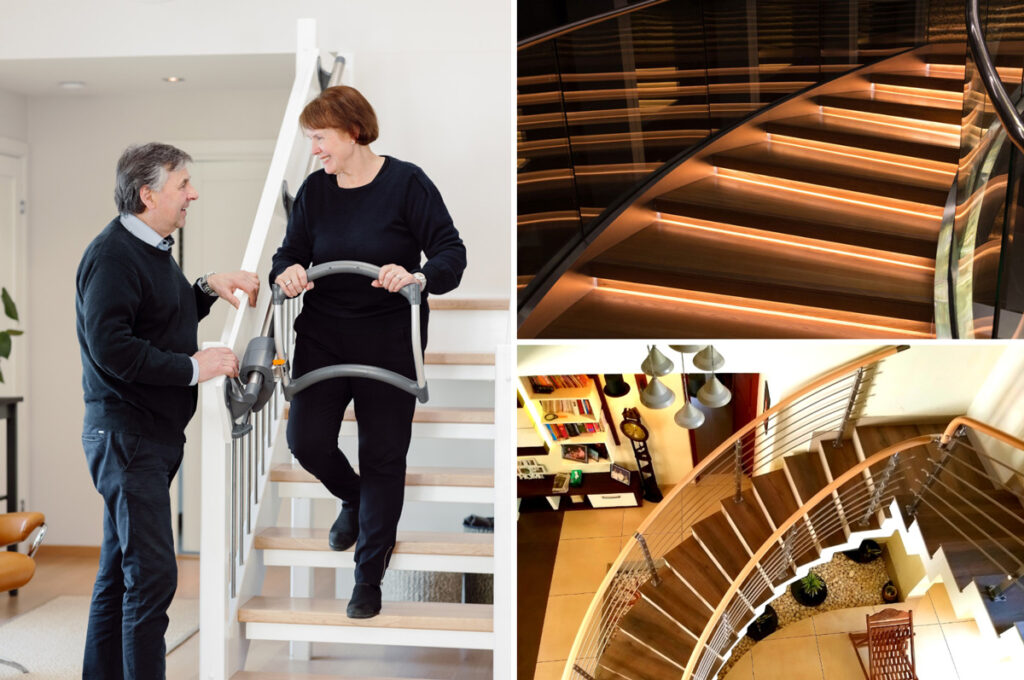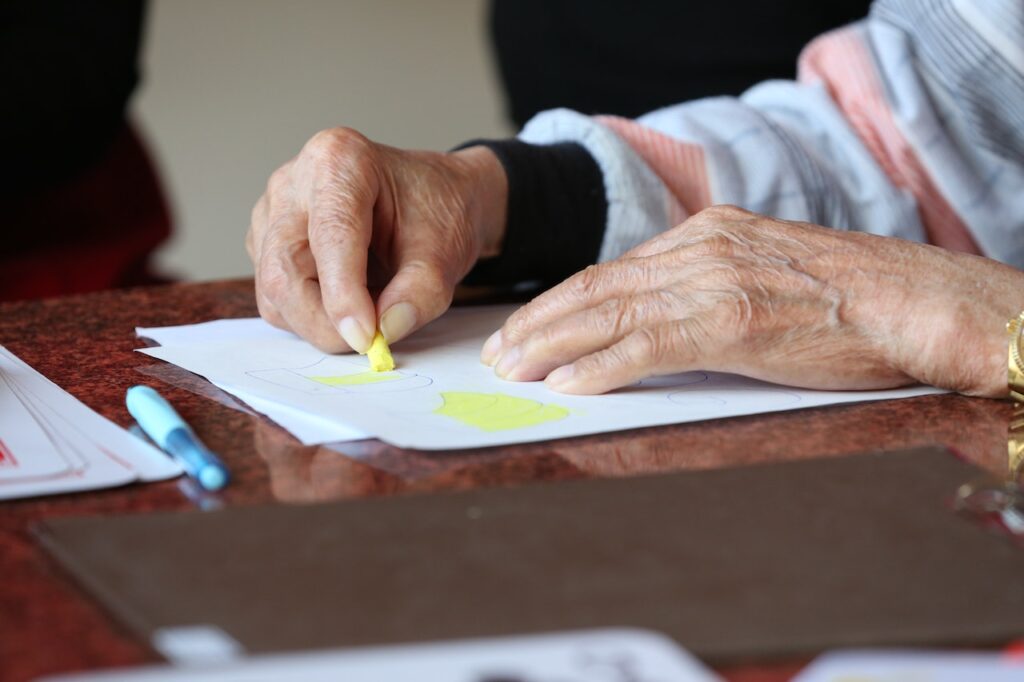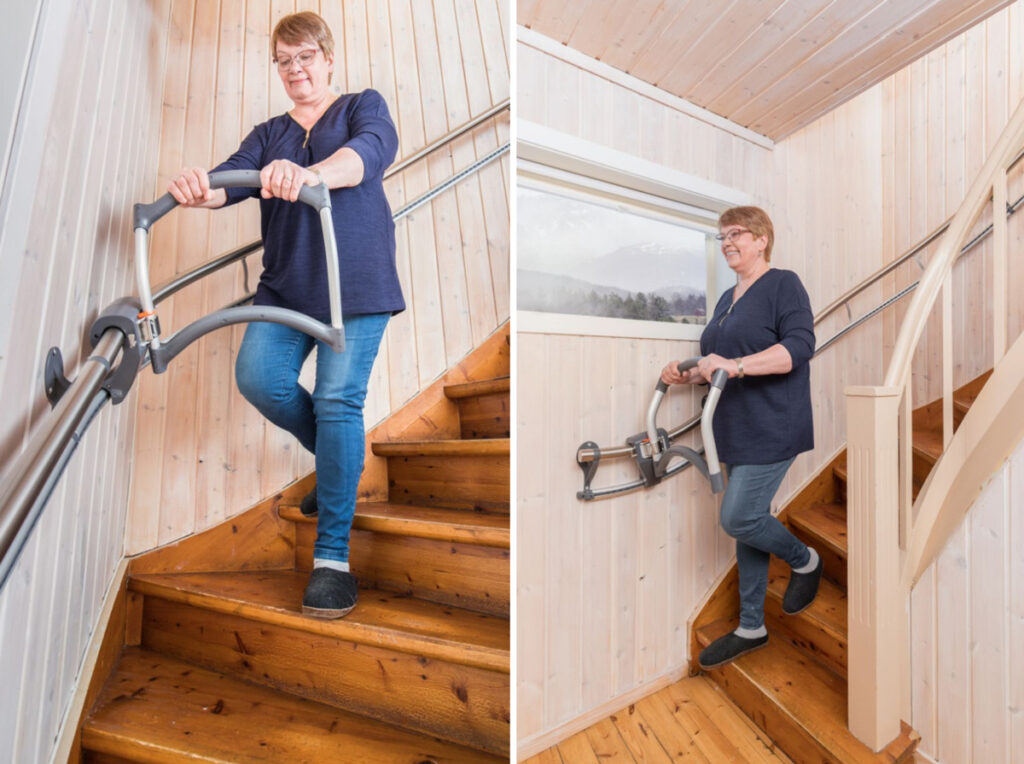
Guide to support when climbing stairs
Whether due to increasing age or an illness - sooner or later, most people have difficulty climbing stairs. That is why we have written this guide on the subject of support when climbing stairs. It will help you to use the stairs safely and independently.



